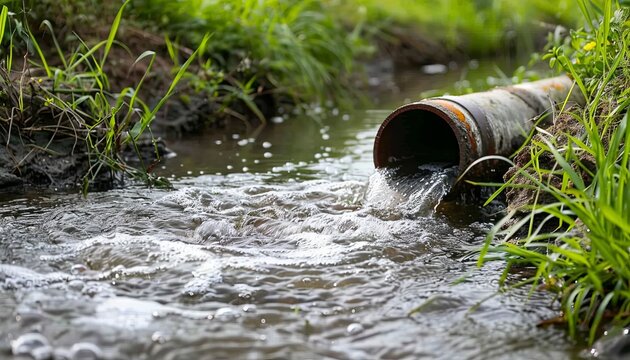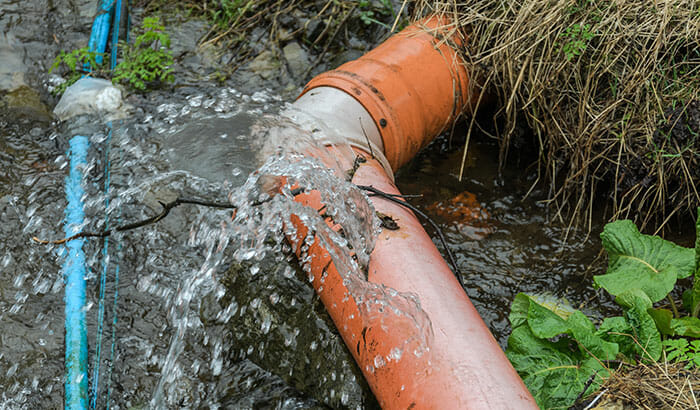What to Do When a Pipe Bursts: Immediate Tips for House Owners
A pipe burst can be a home owner's worst nightmare, resulting in substantial damages if not attended to without delay. The prompt reaction is important: initially, situate the resource of the leakage and shut off the main water valve to prevent more flooding. Following this, draining the pipelines ends up being important to minimize additional issues.

Analyze the Circumstance
Begin by recognizing the resource of the leakage; this might entail inspecting the area around the burst pipeline for noticeable indicators of water retreat. If the ruptured took place in a concealed room, such as within a wall or under a floor, look for water discolorations or pooling that might indicate the place.
Check for electrical cables that might be revealed to water, as this poses a significant danger of electrocution. Furthermore, take note of any type of useful things or furnishings that might be at threat of water damages.
Documenting the damage via photos can also be advantageous, specifically for insurance policy claims. Time is important, as standing water can cause mold growth and more structural damages. By extensively examining the scenario, you will certainly be better prepared to take the required steps to mitigate further concerns emerging from the ruptured pipeline.
Turn Off the Water
The immediate concern after identifying a burst pipeline is to shut down the water to avoid more flooding and damages. Situate the major shut-off valve, typically discovered near the water meter, in the cellar, or on an exterior wall surface. Turning this shutoff clockwise will certainly stop the circulation of water throughout your home, mitigating the risk of considerable water damage.
If you are incapable to find the main shut-off shutoff or if it is malfunctioning, you may require to close off individual valves attached to the affected pipe, if easily accessible. Some homes additionally have secondary valves for details devices, such as cleaning dishwashing machines or equipments.
It's recommended to acquaint yourself with the location of these shutoffs before an emergency situation occurs, as this expertise can conserve valuable time during a situation. In case the primary shutoff is stuck or difficult to transform, do not force it; rather, consider looking for professional support.
When the water system is shut off, take a minute to analyze the circumstance even more while getting ready for the next steps, making sure that your home is as safe as feasible from additional water invasion.
Drain the Pipes
After turning off the water supply, it is necessary to drain the pipelines to minimize any type of staying water that might result in extra damage. Begin by opening all faucets in the home, starting from the highest level to the most affordable. This process encourages the water to spurt completely, enabling gravity to aid in removing recurring water from the pipelines.

Beware when draining warm water, as it can cause burns. Allow the water to leave till the circulation ceases. If you discover any kind of remaining water merging, use towels or a wet vacuum to soak it up. Correctly draining pipes the pipes is important to avoid further issues and helps secure your home from additional water damage throughout this stressful situation.
Get In Touch With a Professional
In the wake of a burst pipe, getting in touch with an expert plumbing technician is critical to make certain a thorough assessment and effective repair work. Trying to manage the scenario without experienced aid can cause additional damage and complications. A certified plumbing possesses the proficiency and specialized tools needed to determine the origin of the leakage and address it successfully.
When selecting a plumbing technician, focus on those with a strong reputation and pertinent experience in emergency plumbing solutions. Checking on the internet evaluations, getting referrals, and confirming credentials can help you make an educated choice. It is advisable to speak to several professionals to contrast action times, estimated costs, and solution offerings.
When you have engaged a plumber, give them with as much info as feasible regarding the incident, consisting of the place of the burst pipe and the actions you have actually already taken. This details will certainly assist them in diagnosing the problem quickly and accurately.
Document the Damage
As soon as a plumber has been called and the prompt issues attended to, it is vital to document the damage triggered by the ruptured pipe. Begin by taking clear photos of the influenced locations, focusing on visible damage to wall surfaces, floor covering, and home furnishings.
Next, compile an in-depth checklist of harmed things, including their approximate value and any appropriate acquisition details. This inventory should include irreversible components, personal possessions, and any type of architectural damages observed. Preferably, consist of the approximated price of repairs based on expert evaluations or previous quotes for comparable job.
In addition to visual and written documentation, keep records of any communications with your plumbing and insurance company. This info will certainly sustain your insurance claim and help with a smoother procedure for repairs. Be meticulous in your documentation efforts, as comprehensive records can significantly impact your ability to obtain settlement and accelerate reconstruction initiatives. By taking these actions, you will certainly be better prepared to browse the aftermath of the incident - burst pipe.

Final Thought
Immediate evaluation of article the circumstance, adhered to by shutting off the main water supply, is critical. Draining the pipelines and recording the damages ensures appropriate handling of the incident for insurance policy functions.
The prompt concern after determining a ruptured pipe is to shut off the water supply to avoid additional flooding and damages. Transforming this valve clockwise will quit the flow of water throughout your home, alleviating the danger of substantial water damages.
After closing off the water supply, it is crucial to drain the pipes to reduce any remaining water that can lead to extra damage. For homes with a hot water heater, you should also drain pipes the storage tank by attaching a tube to the drain shutoff and guiding the water into a suitable container or outside.
Effectively draining pipes the pipelines is important to avoiding further complications and helps safeguard your This Site home from added water damages throughout this difficult situation.